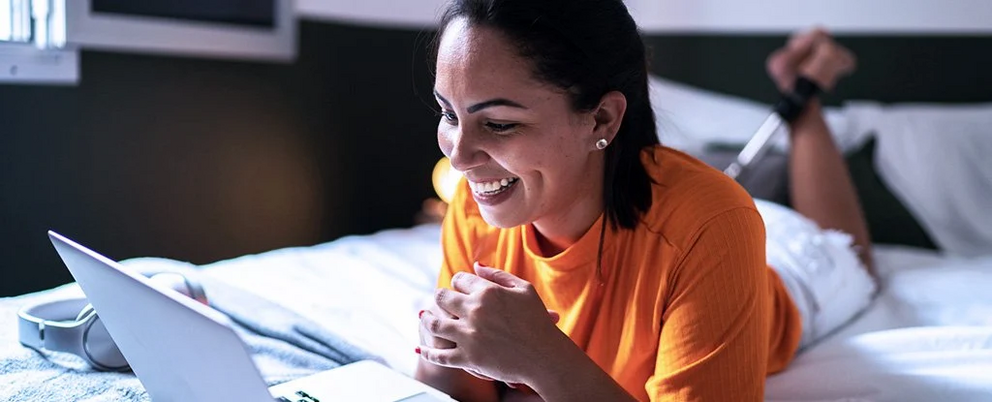'Zoom fatigue' may finally have an explanation, and it's affecting women more
More than a year into the coronavirus pandemic, you've probably at least heard of Zoom fatigue – if not experienced it yourself – and now a new study has dug deeper into the reasons for it happening.
One of the primary drivers behind this video calling weariness seems to be what the researchers are calling "mirror anxiety", or the mental strain of having to constantly look at yourself, across what might be hours of meetings per day.
And the effect is more exhausting for women. Of the 10,322 people questioned for the study, around 1 in 7 women (13.8 percent) reported feeling "very" to "extremely" fatigued after Zoom calls, compared to around 1 in 20 men (5.5 percent).
"We've all heard stories about Zoom fatigue and anecdotal evidence that women are affected more, but now we have quantitative data that Zoom fatigue is worse for women, and more importantly, we know why," says psychologist Jeff Hancock, from Stanford University. The team's research is currently available as a preprint ahead of peer review.
The researchers used a previously developed Zoom & Exhaustion Fatigue (ZEF) scale to assess just how tough participants were finding spending a long time on video conferencing calls. (You can even try it out for yourself.)
Mirror anxiety helped explain a lot of the difference in fatigue levels between men and women, though it wasn't the only reason for the discrepancy. It also emerged that women feel more trapped by having to stay in the camera's field of view, tend to have longer meetings than men on average, and typically take fewer breaks.
Previous research has shown women are more likely to focus on themselves when looking in a mirror, and it seems a Zoom window is similar, triggering a heightened self-consciousness and awareness of appearance that can lead to negative thoughts.
"We see this gender effect across multiple different studies, and even after taking into account other factors," says Hancock. "It's a really consistent finding."
Personality, age, and race also play parts in how much video calling weariness you might feel, the researchers found. Introverts, younger people, more anxious individuals, and people of color all reported higher levels of fatigue to some extent.
Exactly what's behind these discrepancies is going to take more studies involving a larger group of people, but this research offers some good ideas for the reasons behind gender differences.
The researchers suggest having days without any meetings, making some meetings audio-only, and checking in with colleagues as ways of combating Zoom fatigue – although it seems as though we're going to have to live with these group video calls for a while yet.
"As the world transitions to the post-pandemic era, in which the future of work is likely to be hybrid, it will be important to maximize the benefits of video conferencing while reducing the psychological costs, especially given that these costs are born unequally across society," conclude the researchers in their paper.
The research is available on the preprint repository Social Science Research Network.

